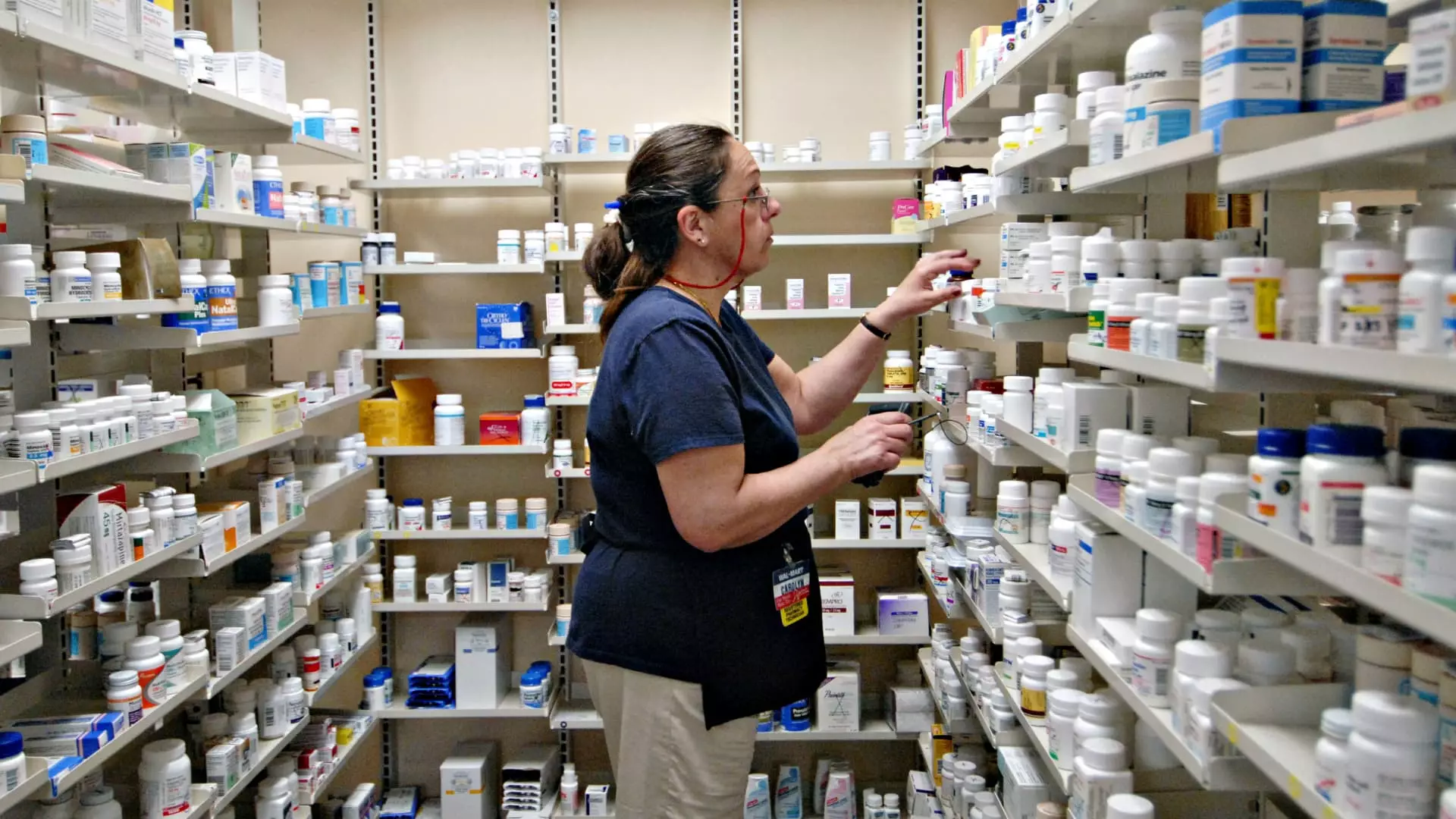The cost of prescription medications in the United States has been on a steady rise, increasing by a staggering 37% since 2014. This surge in prices far exceeds the rate of inflation, ultimately burdening consumers with higher out-of-pocket expenses. According to data from GoodRx, the average American now spends $16.26 out of pocket for each prescription they fill. These escalating prices have particularly profound effects on individuals in high deductible plans, those without insurance, and those facing significant out-of-pocket costs.
GoodRx’s research has highlighted the fact that the burden on patients continues to grow due to rising copays, coinsurances, and deductibles. Over the past decade, the average person’s deductible nearly doubled, placing additional financial strain on individuals seeking essential medications. Moreover, copays are increasing as most insurance plans introduce additional tiers of drugs with higher copay requirements. This situation has created a challenging financial environment for many consumers, leading to what GoodRx refers to as “the big pinch.”
In addition to escalating costs, consumers are facing reduced insurance coverage and heightened accessibility challenges when it comes to obtaining necessary medications. GoodRx’s analysis of over 3,700 Medicare Part D plans revealed a significant 19% drop in the portion of medications covered between 2010 and 2024. This decline in coverage, coupled with increased hurdles in accessing medications and pharmacies, has exacerbated the financial burden faced by many individuals. Furthermore, insurance policies are no longer as comprehensive as they once were, failing to provide the same level of coverage as before.
Disparities Compared to Other Developed Countries
The situation in the United States stands in stark contrast to that in other developed countries, where consumers pay two to three times less for prescription drugs on average. The disparity in drug costs has prompted scrutiny and concern at the highest levels of government, with President Joe Biden making it a focal point as he gears up for the 2024 election. The Biden administration has taken decisive steps to address the issue, implementing measures aimed at reducing out-of-pocket drug expenses for Americans.
President Biden’s administration recently announced plans to lower prices on 64 prescription drugs for select Medicare beneficiaries. This decision comes as a response to inflation penalties imposed on drug manufacturers, with the aim of alleviating financial burdens on consumers. The reduced drug costs, effective in the third quarter, will benefit approximately 750,000 individuals who rely on these medications, potentially saving them thousands of dollars per day. Despite these efforts, the actual out-of-pocket costs for patients continue to escalate, often catching them by surprise.
The escalating cost of prescription medications in the United States presents a significant challenge for consumers, leading to higher out-of-pocket expenses, reduced insurance coverage, and accessibility challenges. While government initiatives aim to address these issues, more comprehensive solutions may be needed to alleviate the financial burden faced by individuals seeking essential medications.

